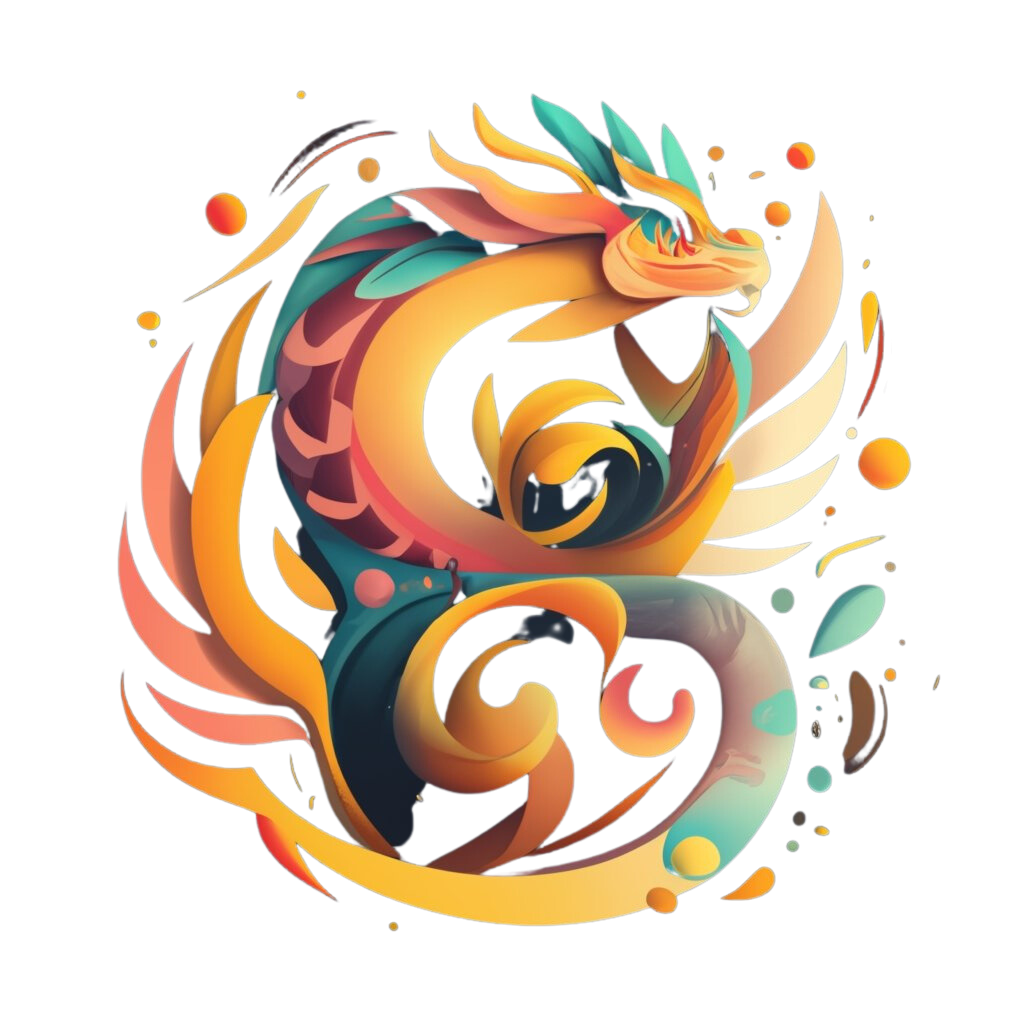Mongolia's vast steppes and nomadic traditions have shaped a rich cultural heritage, deeply rooted in shamanism and mysticism. Its mythology blends shamanism, Buddhism, and animism, creating a world filled with fascinating mythical beings.
These mythical creatures are not just figments of imagination; they are integral to the daily life and rituals of the Mongolian people. These creatures and spirits are believed to possess supernatural powers, influencing the lives of humans and animals.
This article explores the most famous Mongolian mythical creatures, their origins, characteristics, and significance in Mongolian culture.
What Are the Origins of Mongolian Mythical Creatures?
Mongolian mythical creatures are deeply tied to the nation's oral traditions and shamanic beliefs. They are more than myths; they are rooted in cultural and spiritual practices.
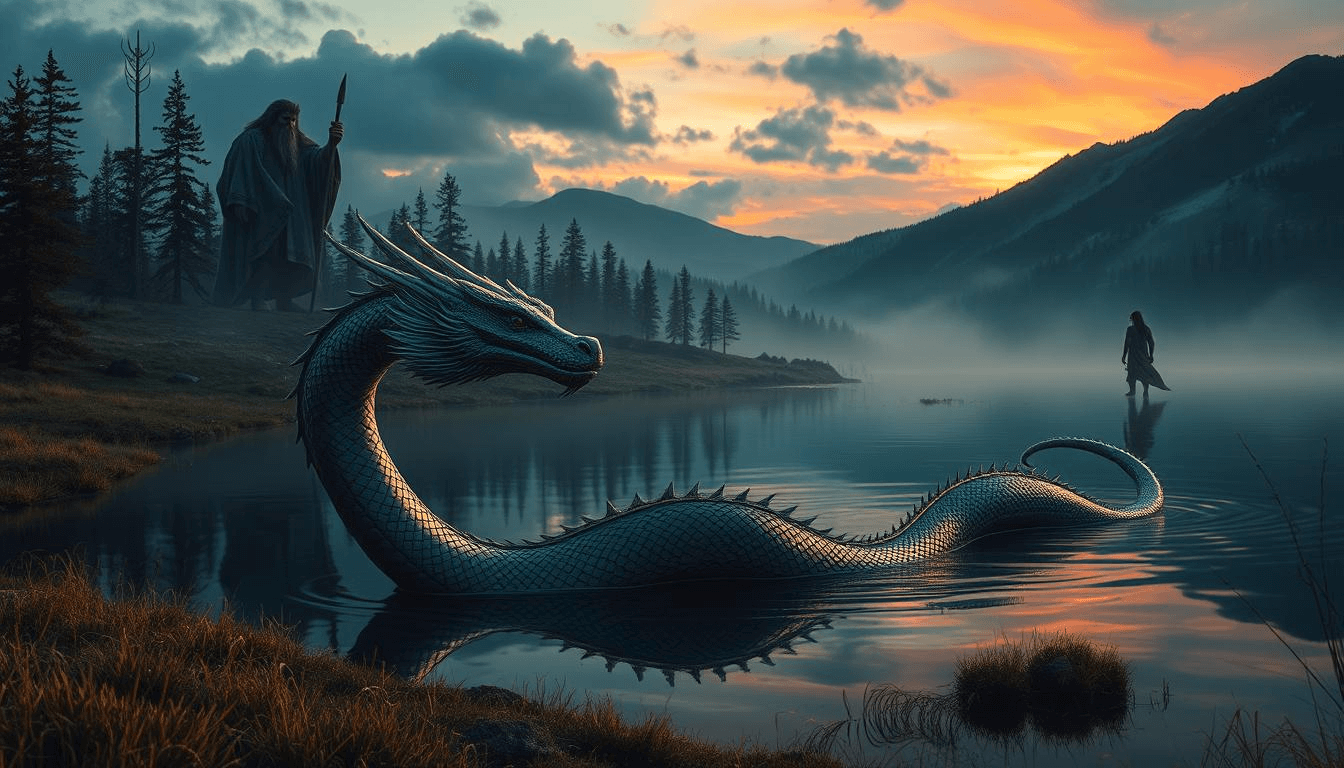
Foundational Mythology: Tngri, Natigai, and Bökhs
Mongolian mythology is built on a rich spiritual landscape that includes Tngri (sky gods), Natigai (earth mothers), and Bökhs (shamanic spirits). These beings play central roles in Mongolia’s cultural and spiritual narratives.
- Tngri are revered sky gods, influencing nature and the cosmos.
- Natigai symbolizes earth and fertility, embodying nature’s nurturing side.
- Bökhs are shamanic spirits, acting as mediators between the physical and spiritual worlds.
The creature’s mythology has been passed down through oral traditions, preserving cultural heritage. Storytelling has kept these mythical beings alive in Mongolian identity.
If you’re interested in how neighboring cultures developed their own legendary beings, you may also enjoy reading about Russian Mythical Creatures: Unveiling the Legends.
Who Are the Major Mongolian Mythical Creatures?
Mongolian mythology features a pantheon of creatures representing nature and the supernatural. They influence Mongolian traditions and daily life.
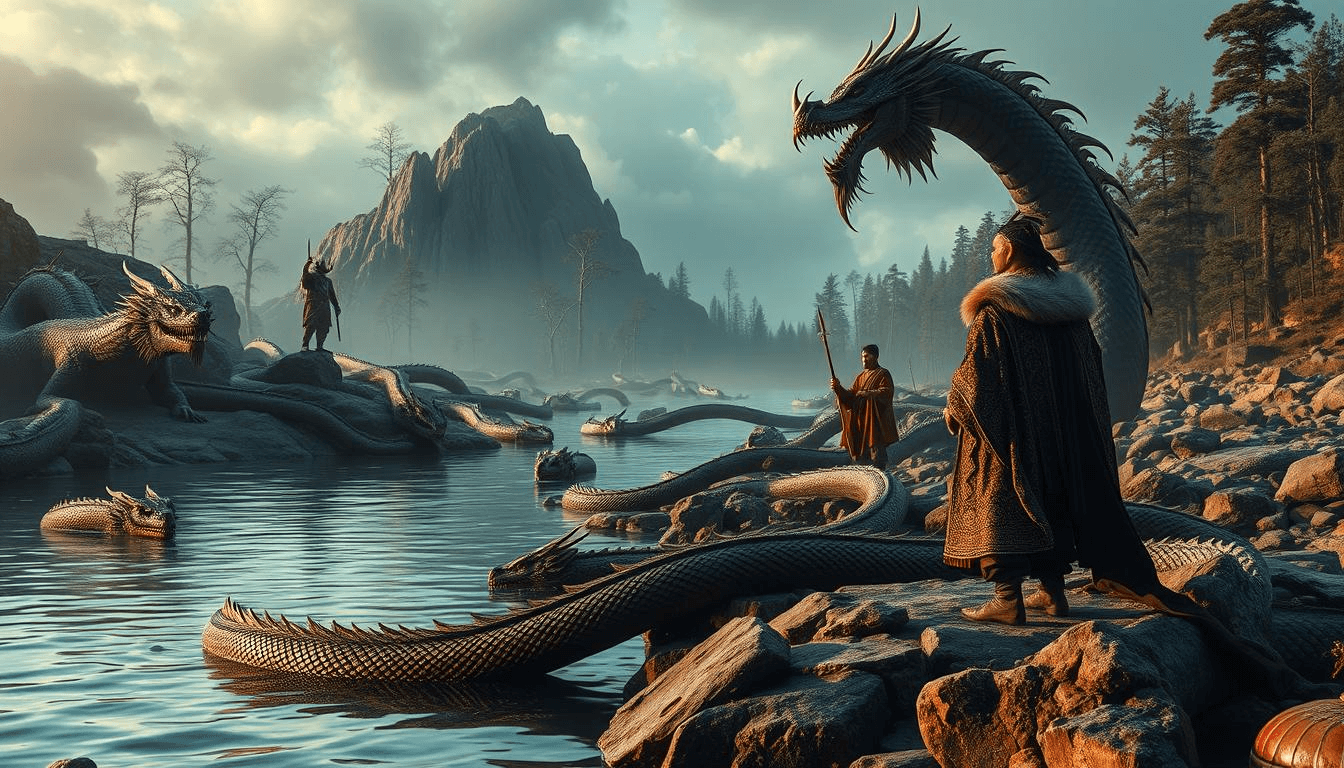
What is the Mangadhai in Mongolian Myth?
The Mangadhai is a demon or monster in Mongolian mythology, depicted as a fearsome being with supernatural abilities. It’s often associated with disasters or evil deeds, serving as a cautionary figure. The Mangadhai embodies the dangers lurking in the world.
Do Mongolians Believe in the Almas?
The Almas is an apelike creature, similar to the Yeti or Bigfoot, said to inhabit Mongolia’s remote mountains. Though its existence isn’t proven, it remains a subject of fascination.
Who Are the Luus (Water Serpents)?
The Luus are water serpents or dragon-like creatures that play a key role in Mongolian mythology. They are associated with water bodies and are believed to have the power to control the forces of nature, particularly water. The Luus are revered and respected, often invoked in rituals to ensure the fertility of the land and the prosperity of the people.
Across Asia, dragons and serpentine beings carry similar symbolism. To explore a visual side of this tradition, check out Exploring Chinese Mythical Creatures in Art: A Visual Journey.
What Role Do Tngri Play?
The Tngri are sky gods central to Mongolian shamanistic beliefs. They are believed to live in the sky and control natural elements. Tngri are invoked in rituals and ceremonies, offering protection and blessings to people and livestock.
What Other Spirits and Entities Exist?
Mongolian mythology is filled with spirits and entities. These figures play significant roles in rituals, traditions, and the cultural worldview of the Mongolian people.
Spirits Like Ada and Çor
- Ada is a female spirit linked to infant mortality. She represents the historical challenges mothers and children faced.
- Çor are jinn-like beings that can be either benevolent or malevolent. They are found in shamanic traditions and are believed to inhabit various realms, including the natural world.
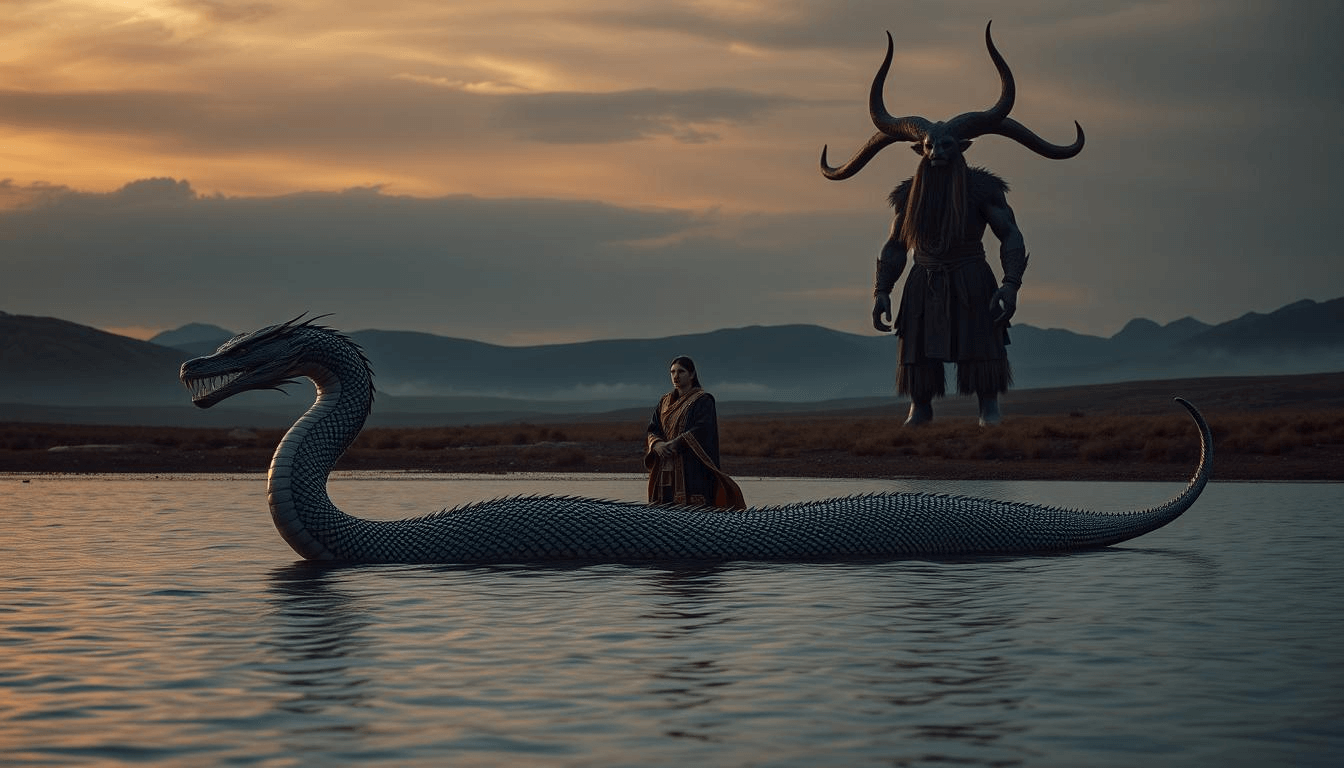
Benevolent Figures: The White Old Man
The White Old Man (Tsagaan Üvgun) is a benevolent figure linked to livestock and prosperity. He is honored for protecting and blessing herds, a crucial part of Mongolian life.
How Do These Mythical Beings Influence Daily Life and Rituals?
Mythical beings deeply influence Mongolian daily life, guiding respect for nature and ancestors. These creatures impact the nomadic lifestyle central to Mongolian culture.
For instance, the Luus (Water Serpents) are revered as guardians of rivers and lakes, encouraging a deep respect for water sources. The Tngri (Sky Gods) are invoked during significant events and ceremonies to ensure prosperity.
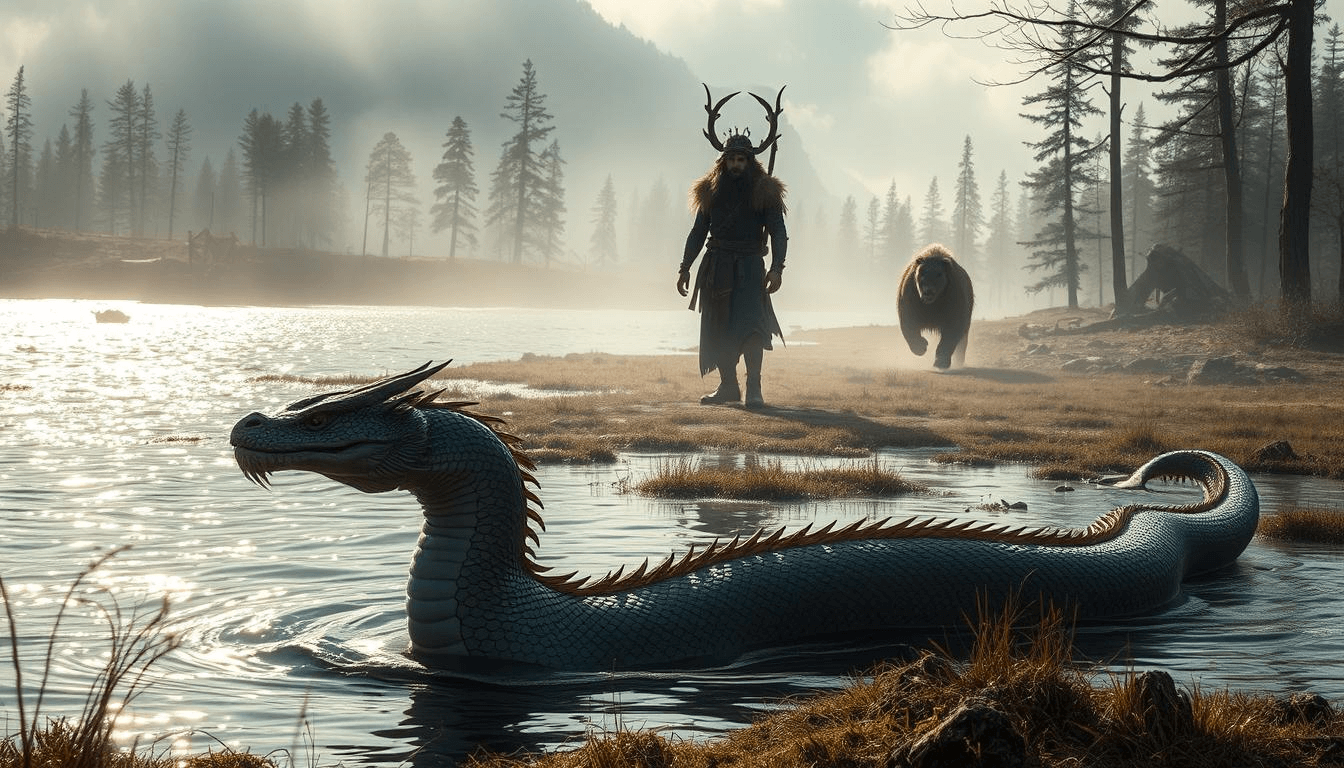
These beings aren’t just symbolic—they shape social harmony. Stories like that of the Mangadhai promote respect and balance within communities. Shamanic traditions further highlight the importance of these creatures in everyday life.
Mongolian art also reflects these creatures. They are depicted in various forms, preserving their stories.
What Are Famous Legends or Stories Featuring These Creatures?
Mongolian mythology is filled with tales of legendary creatures and their interactions with humans. These stories carry moral lessons and cultural values.
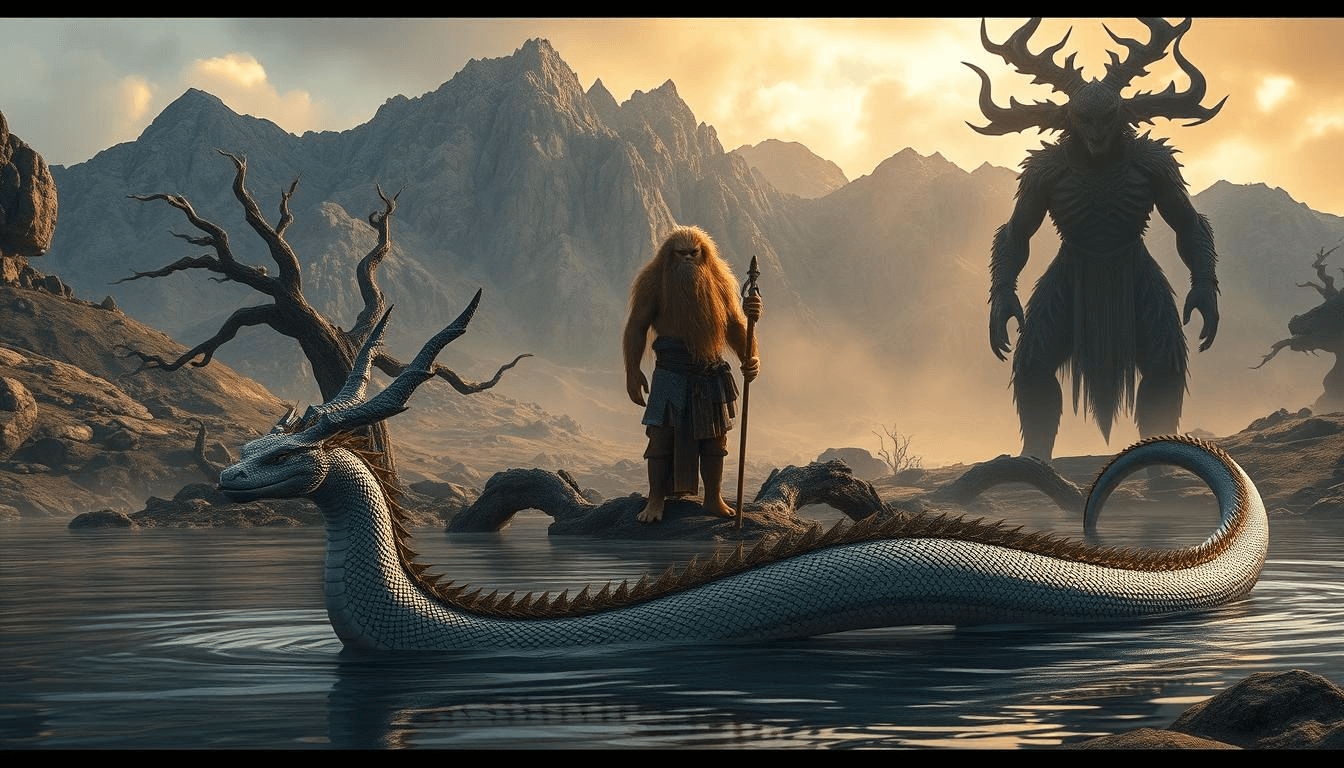
Narratives of Heroes and Mythical Creatures
Heroes in Mongolian mythology often battle creatures like the Mangadhai, showcasing their bravery. For example, the Mangadhai legend tells of a creature that roams the steppes, with heroes summoned to defeat it, highlighting courage and wisdom.
Luus: The Water Serpents
The Luus are significant in Mongolian lore. Depending on their treatment by humans, they can be either benevolent or malevolent. Tales of Luus emphasize the importance of respecting water sources. They punish those who pollute or disrespect the balance of nature.
Encounters with Almas
The Almas, a mysterious ape-like creature, is featured in many Mongolian stories. These encounters range from frightening to benign, symbolizing the complex relationship humans have with the unknown.
Creature | Characteristics | Significance |
Mangadhai | Fearsome, powerful | Represents challenges to be overcome |
Luus | Associated with water, benevolent or malevolent | Highlights the importance of respecting nature |
Almas | Mysterious, apelike | Symbolizes the unknown or unexplored aspects of nature |
Tngri: The Sky Gods
Tingri are invoked in key moments in Mongolian legends. These sky gods control the elements and are deeply revered. Heroes often turn to Tingri in times of need, underlining the sacred connection between people and the divine.
Are There Similar Creatures in Neighboring Mythologies?
Mongolian mythology shares many similarities with the mythologies of neighboring cultures. The exchange of cultural and historical influences has led to common creatures and themes.
Comparisons with Tibetan, Turkic, and Siberian Mythologies
- The Luus (Water Serpents) in Mongolian mythology are similar to the Nāga in Tibetan and Buddhist traditions.
- The Almas resembles the Yeti in Tibetan lore and the Almasty in Turkic and Siberian myths.
- The Tngri are similar to other sky gods in regional mythologies, reflecting a shared reverence for celestial powers.
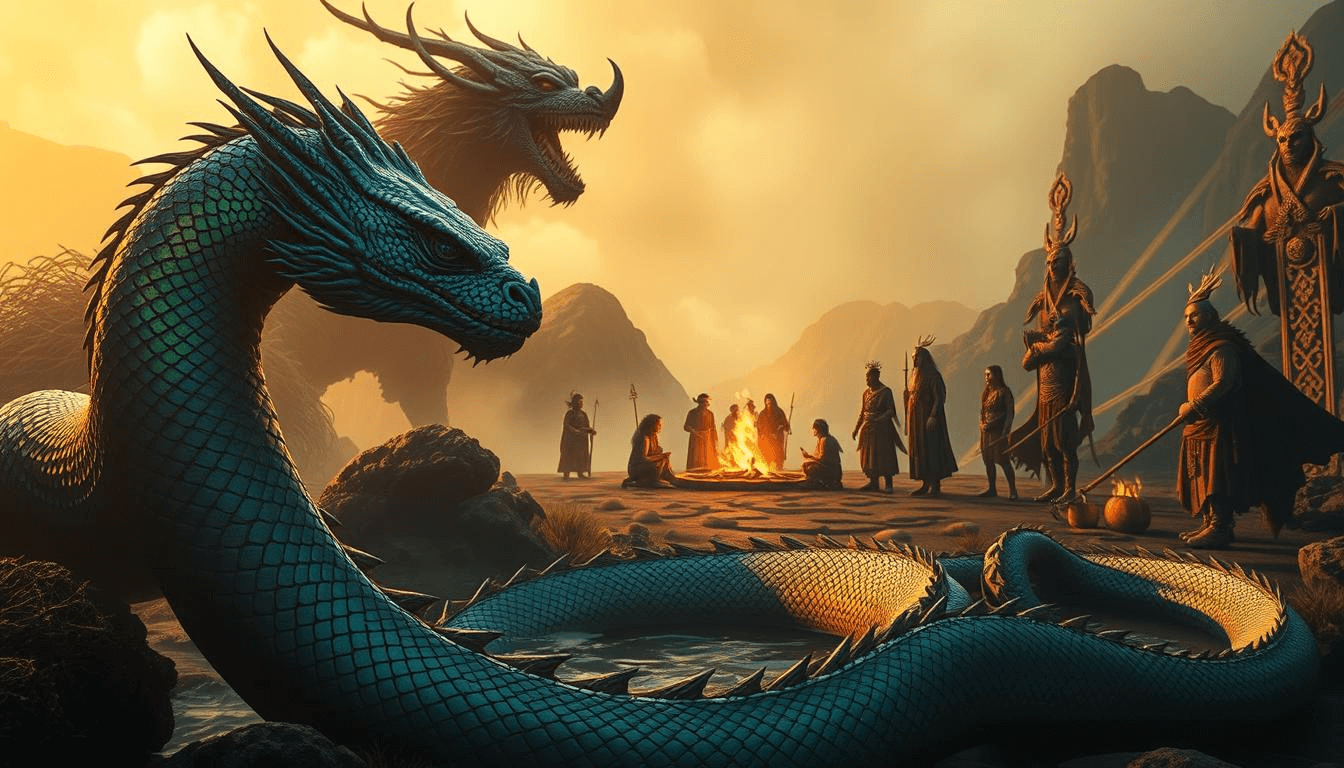
Conclusion
Mongolian mythical creatures are an enduring part of the nation’s folklore. These creatures are not just stories—they reflect the Mongolian people’s relationship with the natural world.
The Mangadhai, Luus, and Tngri represent challenges, respect for nature, and spiritual connection. These creatures inspire art, literature, and cultural practices.
FAQs
What is the Almas in Mongolian folklore?
The Almas is a wild, apelike creature, often compared to the Yeti, said to inhabit Mongolia’s wilderness.
Who is Mangadhai?
Mangadhai is a demon in Mongolian folklore, symbolizing malevolent forces and dangers.
Why are Luus important in shamanic tradition?
Luus, or water serpents, are significant in Mongolian shamanic tradition as they are believed to have control over water sources and are often invoked in rituals to ensure the fertility of the land and the well-being of the people.
